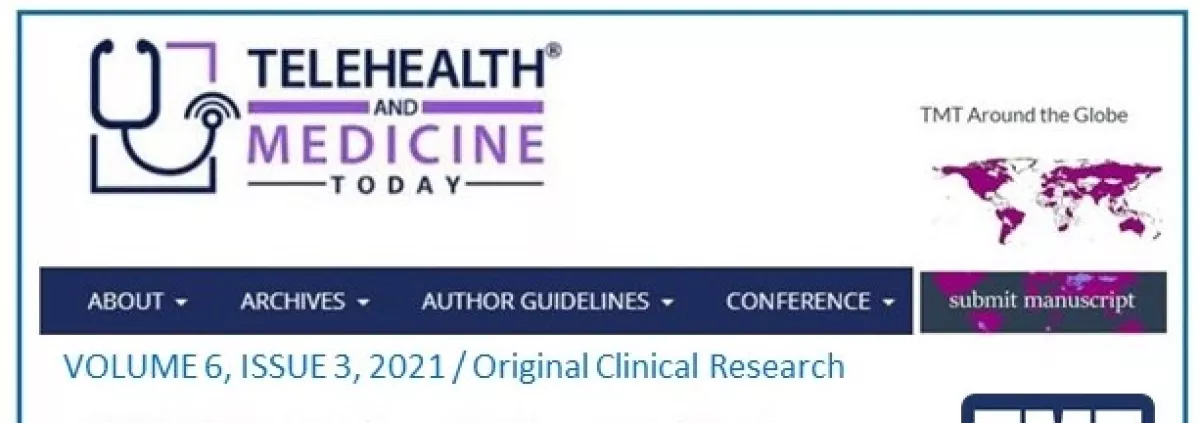ABSTRACT
Importance: This three-part study characterizes the widespread implementation of telehealth during the first year of the COVID-19 pandemic, giving us insight into the role of telehealth as we enter a stage of “new normal” healthcare delivery in the U.S.
Objective: The COVID-19 Telehealth Impact Study was designed to describe the natural experiment of telehealth adoption during the pandemic. Using a large claims data stream and surveys of providers and patients, we studied telehealth in all 50 states to inform healthcare leaders.
Design, Setting, Participants: In March 2020, the MITRE Corporation and Mayo Clinic founded the COVID-19 Healthcare Coalition (C19HCC), to respond to the pandemic. We report trends using a dataset of over 2 billion healthcare claims covering over 50% of private insurance activity in the U.S. (January 2019-December 2020), along with key elements from our provider survey (July-August 2020) and patient survey (November 2020 - February 2021).
Main Outcomes and Measures: There was rapid and widespread adoption of telehealth in Spring 2020 with over 12 million telehealth claims in April 2020, accounting for 49.4% of total health care claims. Providers and patients expressed high levels of satisfaction with telehealth. 75% of providers indicated that telehealth enabled them to provide quality care. 84% of patients agreed that quality of their telehealth visit was good.
Results: Peak levels of telehealth use varied widely among states ranging from 74.9% in Massachusetts to 25.4% in Mississippi. Every clinical discipline saw a steep rise with the largest claims volume in behavioral health. Provision of care by out-of-state provider was common at 6.5% (October-December 2020). Providers reported multiple modalities of telehealth care delivery. 74% of patients indicated they will use telehealth services in the future.
Conclusions and Relevance: Innovation shown by providers and patients during this period of rapid telehealth expansion constitutes a great natural experiment in care delivery with evidence supporting widespread clinical adoption and satisfaction on the part of both patients and clinicians. The authors encourage continued broad access to telehealth over the next 12 months to allow telehealth best practices to emerge, creating a more effective and resilient system of care delivery.

Please log in or sign up to comment.